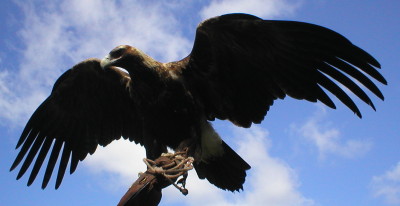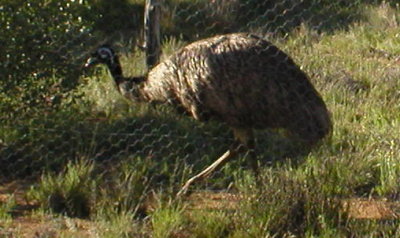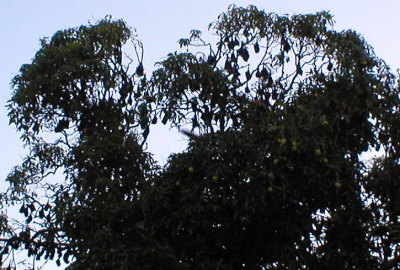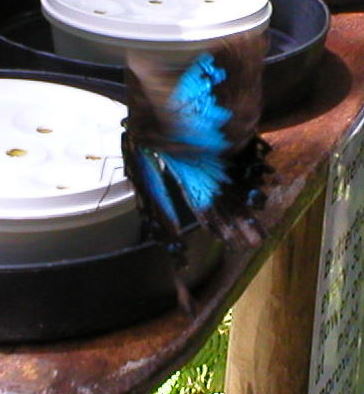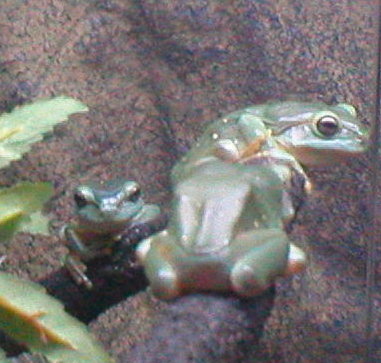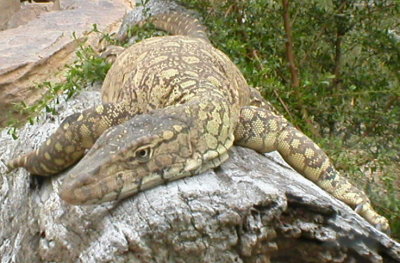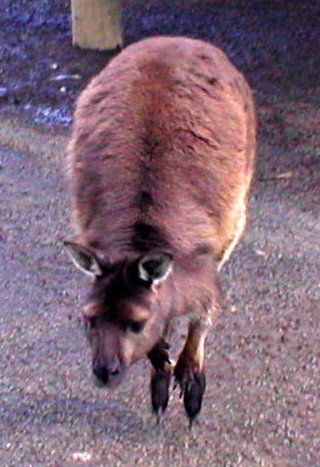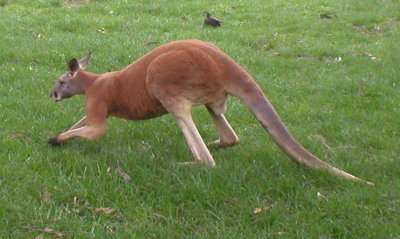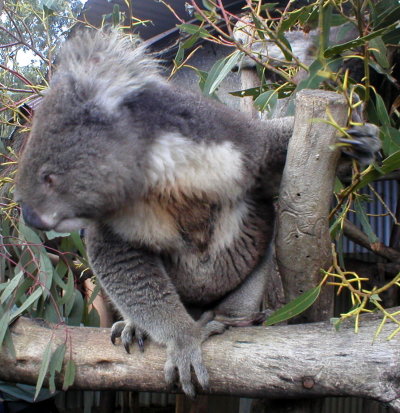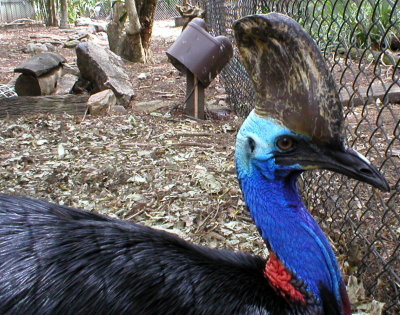







anpēxena
The fourth line of the LCC3 Relay Text:
se jīxōsa cī ānen anwālte annāra il anpēxeni ī ñi rūjapēxa;
anpēxena means “last, final”. Here it appears after il, a marker denoting a time phrase, and in the collective, though there is no collective noun in the sentence for it to modify. So, either it is modifying an elided noun like anīli “moments” or it’s doing something else. Since il also acts as a conjunction, (usually a coordinating conjunction, but this is poetry,) let’s see if that makes more sense. If so, and if ī which I will discuss tomorrow can also be parsed with the refrain, then anpēxeni can be modifying the elided “waves”. Of course, putting the object of the relational at the very front of a clause is unusual.
la liēn sū anālhāri anālri jahāwa ñi antāoni anhūwi rūjapēxa;
la jāo pa anhē ja ñi antāoni antāλi rūjapēxa;
ñi nāra lemōra ñi antāoni antāλi rūjapēxa;
se jīxōsa cī ānen anwālte annāra il anpēxeni ī ñi rūjapēxa;
I am at the edge of the stormy sea and the breaking waves move away.
This is good, that the wild waves move away.
All my dreams become the wild waves moving away.
Let’s passionately look back — moving away.
![]()
![]()
![]()
![]()
![]()
![]()
![]()


